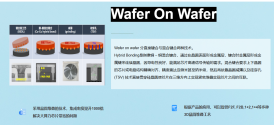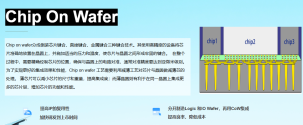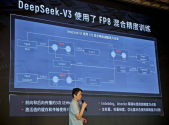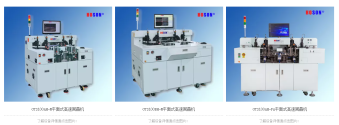EFEM for Lithography Machines

This FORTREND front - end automation module for lithography equipment docking is the only domestic supplier that can provide direct - connect automatic loading and unloading with lithography machines.
It provides a direct - connect automatic loading and unloading function with lithography machines. Its robot can transfer wafers from the wafer box to the lithography machine docking port. It is configured with a dual - Robot system (a regular Robot and a small Z - axis Robot).
It can support the transfer of 6 - inch, 8 - inch, and 12 - inch wafers.
The small Z - axis Robot can meet the transfer requirements of docking platform heights ranging from 620mm to 800mm.
Its internal cleanliness can reach up to ISO Class 1.
It is compatible with all FOUP, FOSB, SMIF POD, and Cassette that meet SEMI standards.
It has outstanding COO and COC, helping customers reduce costs and improve efficiency.
It also has customization capabilities and can be designed according to customer requirements.




